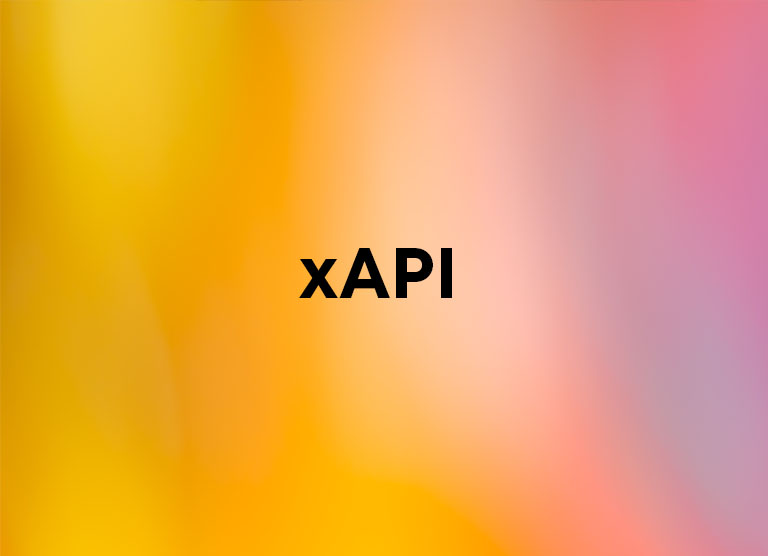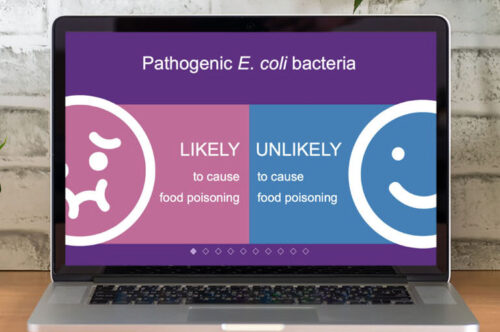In today’s data-driven world, measuring the effectiveness of your training initiatives has never been more important. Gone are the days when completion rates were enough to satisfy stakeholders. Now, learning professionals need deeper insights into how their training impacts performance. Enter xAPI and learning analytics, two powerful tools that can transform how we understand learning effectiveness.
Let’s explore how these technologies work together to provide meaningful data about your training programmes.
What is xAPI?
Experience API (xAPI) is a specification that allows learning content and systems to speak to each other in a consistent way. Unlike its predecessor SCORM, xAPI can track nearly any learning experience, whether it happens in your LMS, on social media, in a mobile app or even offline.
xAPI works by capturing statements in a simple format: “Actor + Verb + Object” (for example, “John completed sales training” or “Sarah watched product video”). These statements are stored in a Learning Record Store (LRS) where they can be analysed.
Why traditional tracking falls short
Traditional tracking methods tell us that someone completed an online course, not whether they actually learned anything or applied that knowledge. Learning professionals need to know if their training is making a real difference in performance and business outcomes. xAPI helps bridge this gap by connecting learning activities to on-the-job performance.
How xAPI enhances learning analytics
When xAPI and learning analytics work together, they create a powerful combination that provides insight into the effectiveness of training initiatives. Learning analytics involves collecting, measuring, analysing and reporting data about learners to understand and optimise the learning process.
Here’s how it supports robust learning analytics:
- It captures detailed data about learning experiences across platforms, allowing tracking of informal learning that happens outside your LMS.
- It connects learning activities to performance metrics, helping you see correlations between training and job performance.
- It enables personalised learning by providing data on individual preferences and behaviours.
- It supports continuous improvement through detailed feedback on content effectiveness.
Getting started with xAPI and learning analytics
Implementing xAPI might seem daunting, but you can start small and scale up. Here are some steps to begin:
- Identify specific metrics that matter to your organisation. These should align with business goals and performance indicators.
- Ensure your LMS or learning platforms support xAPI. Many modern systems now offer built-in xAPI capabilities.
- Set up a Learning Record Store (LRS) to collect and store xAPI statements. Several standalone LRS solutions are available, or you might opt for an LMS with integrated LRS functionality.
- Start tracking meaningful activities beyond course completion, such as video interactions, resource downloads or social learning contributions.
The future of learning measurement
As adoption grows, we’re moving toward more sophisticated learning ecosystems where training effectiveness is measured through actual performance improvement rather than test scores or completion rates. This approach makes learning professionals more accountable but also gives them the tools to demonstrate real value.
By embracing xAPI and learning analytics, you can move beyond simply tracking course completion to measuring actual learning impact. This shift not only improves training effectiveness but also helps demonstrate the real value of learning initiatives to stakeholders and decision-makers. The Learning Rooms Bespoke elearning, Rapid eLearning and eLearning course catalogue can be exported to the xAPI standard.
Are you using xAPI in your organisation? We would love to hear about your experiences or answer any questions you might have about implementing these powerful tools.








